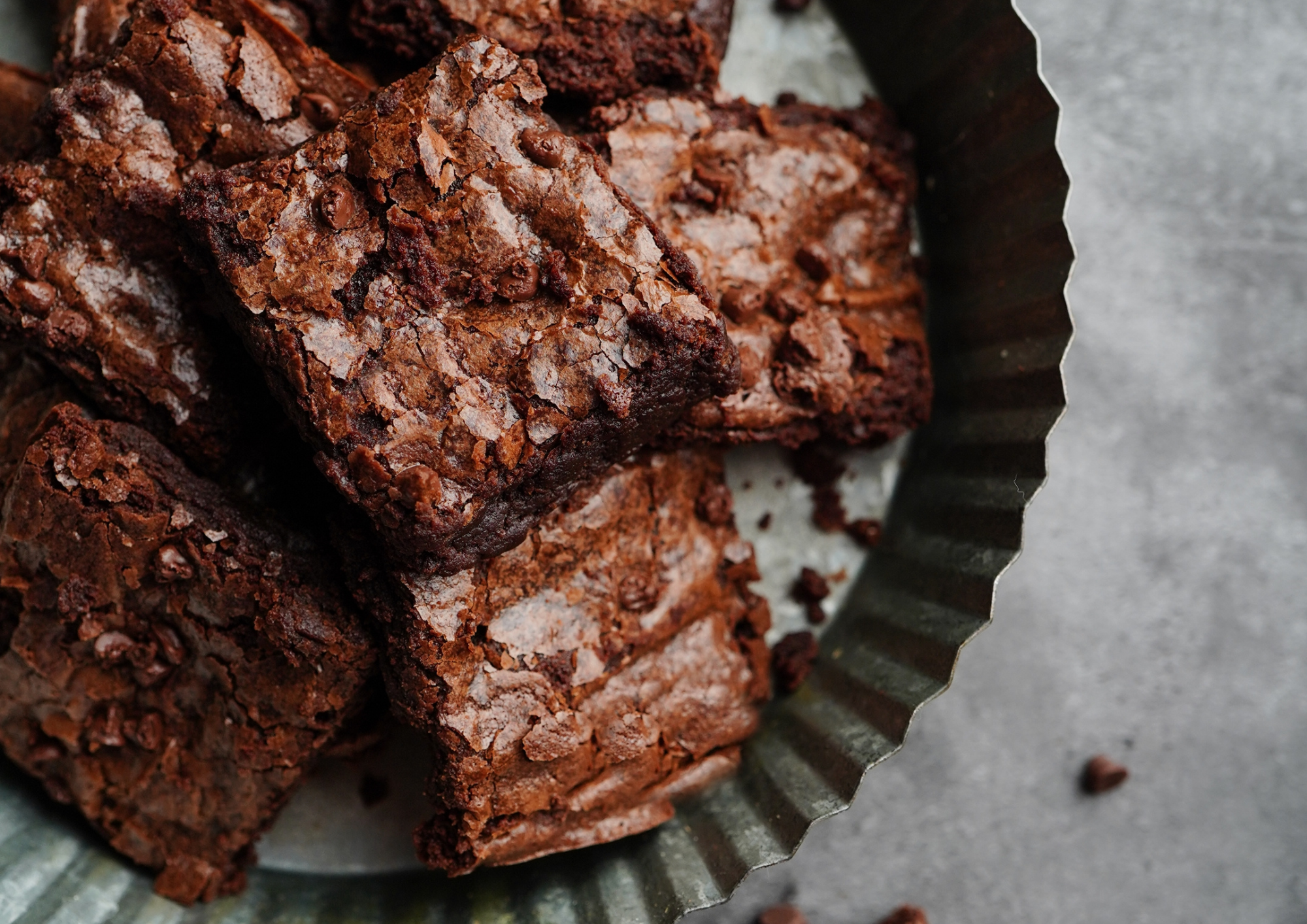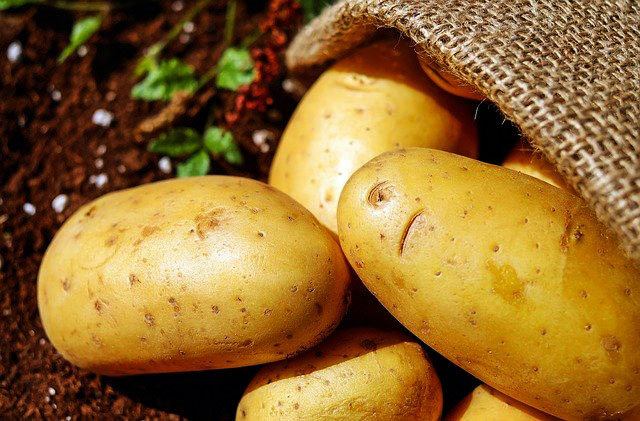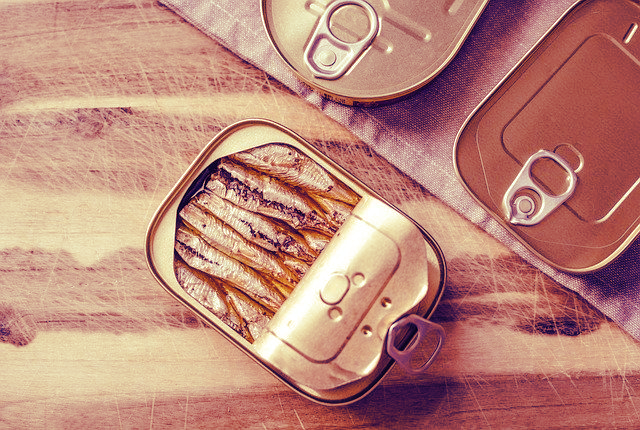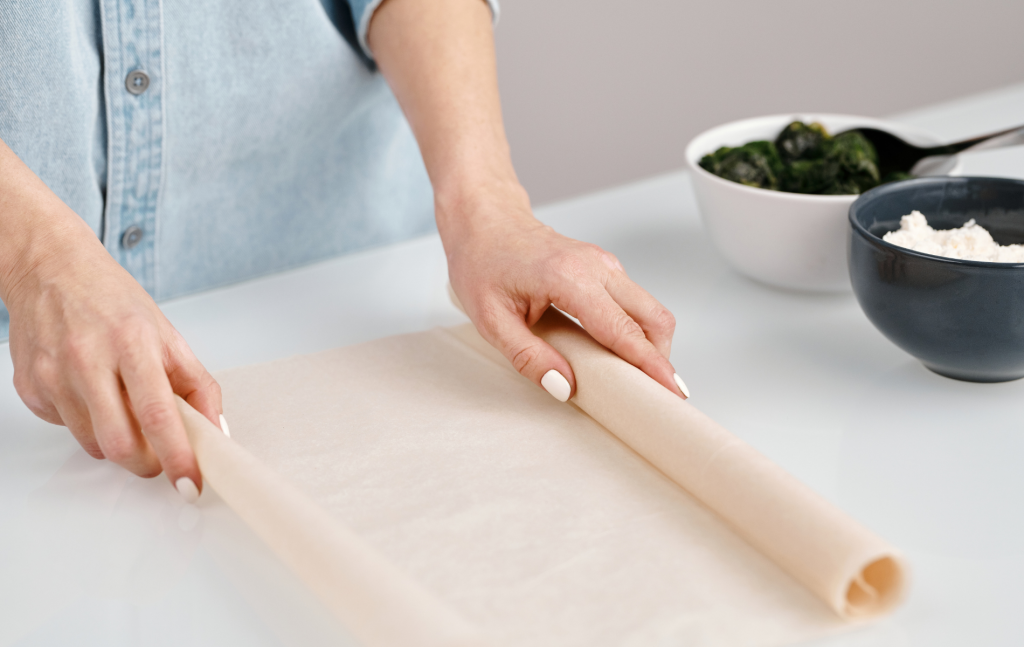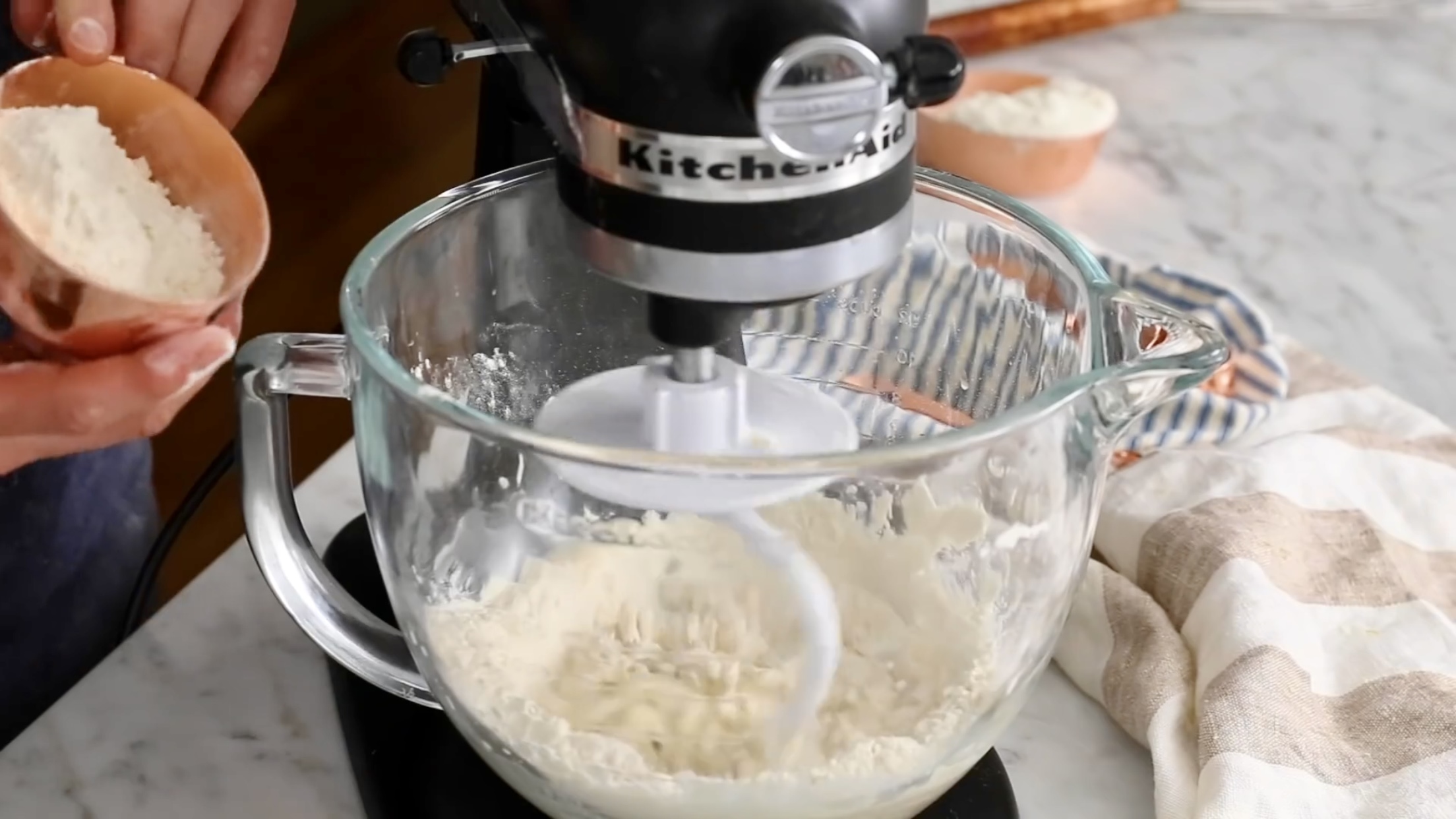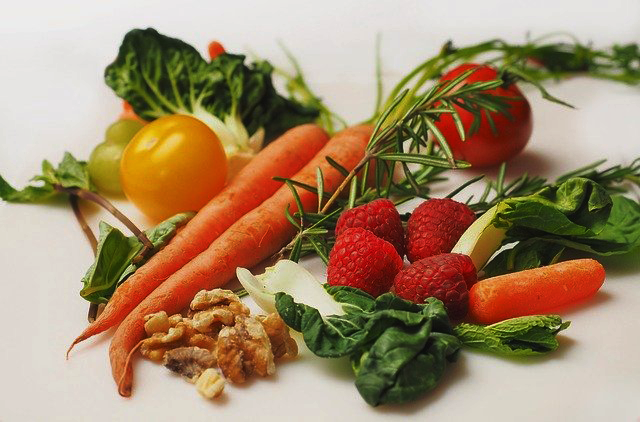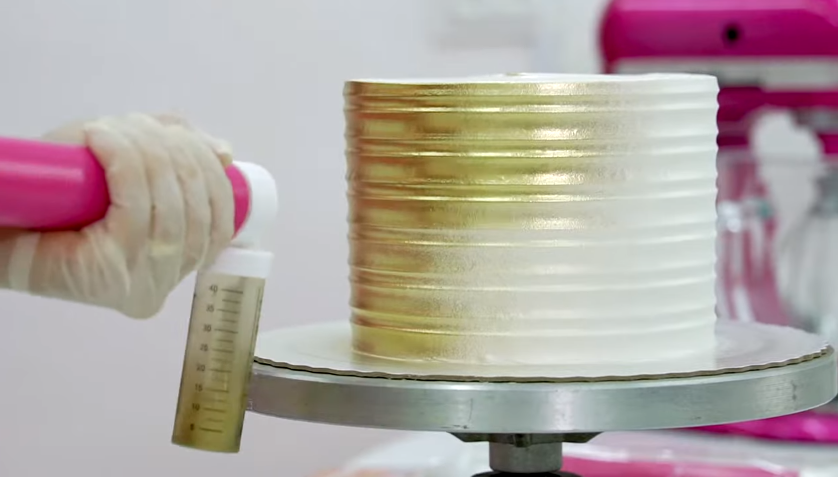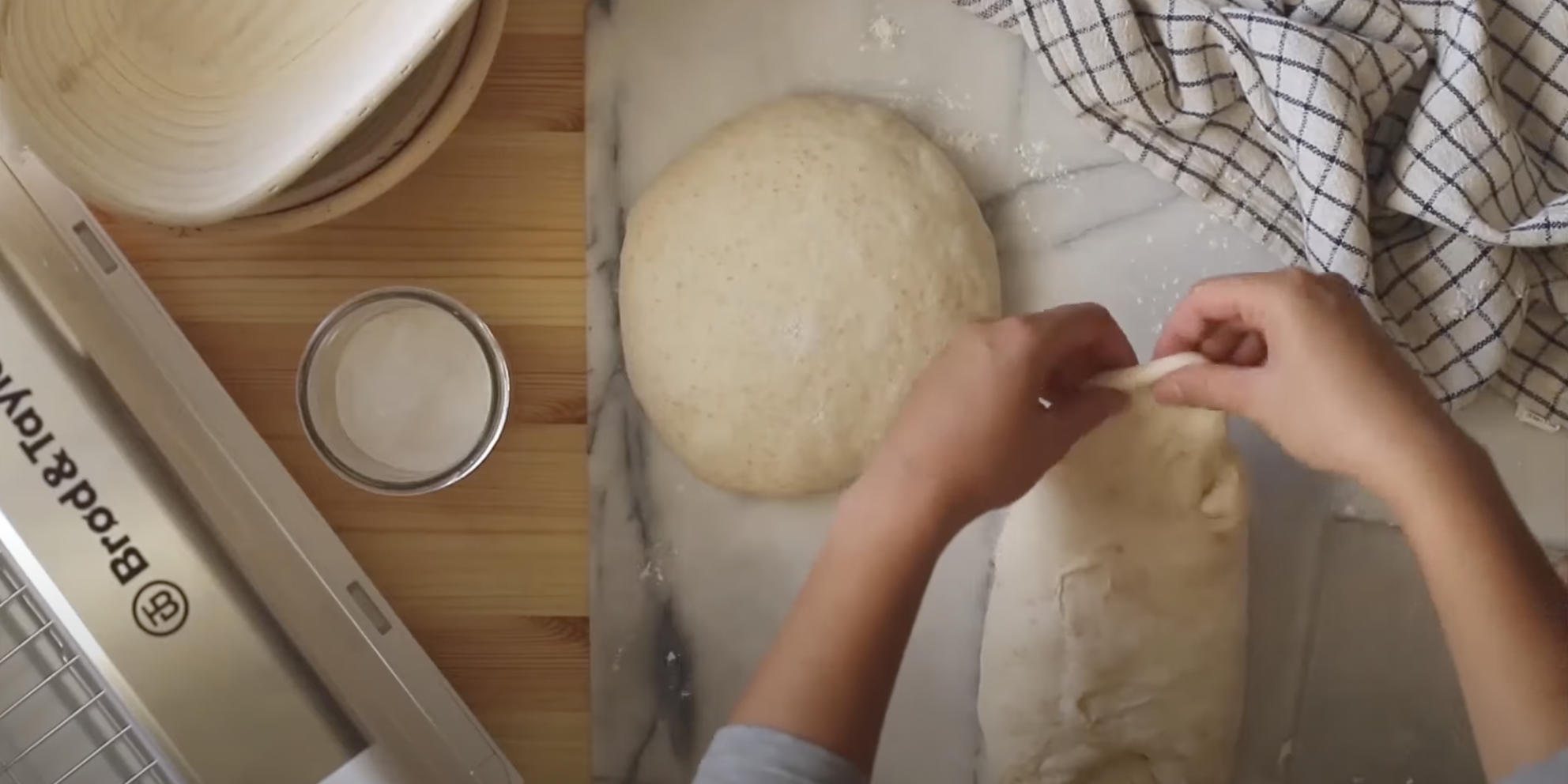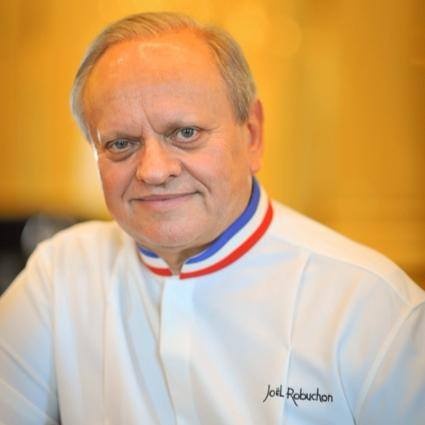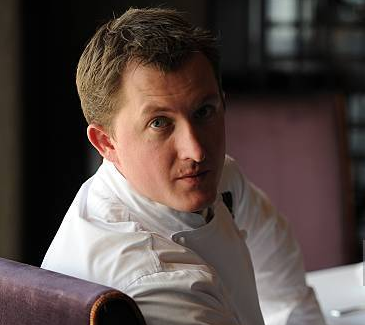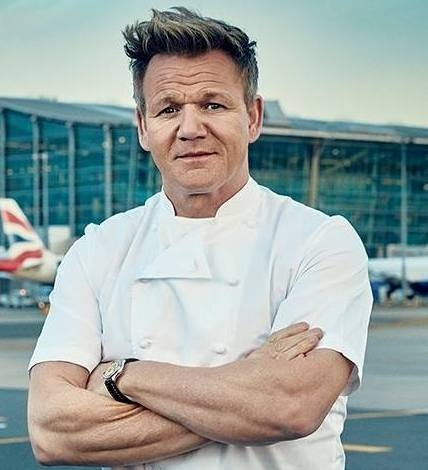Potatoes can seem mysterious, even if your store carries only a few varieties. And with the recent renaissance of sorts in the potato world, there are more and more varieties available. Also, stores are not consistent about identifying what you’re buying. For example, there is no Idaho potato, but since 99% of Idaho’s potatoes are Russets, many stores call Russets Idahos.
For all practical purposes, potatoes fall into two easy categories – baking potatoes and boiling potatoes. There’s also a middle ground, but we’ll get to that in a minute.
Probably the chief difference between the two types is the amount and nature of starch each contains. Baking potatoes are relatively high in starch and it is called amylose starch. Boiling potatoes are low in starch and it is called amylopectin. This pectin (just as with fruit for jams) is what holds the potato together when boiling or in soup and stews.
Baking potatoes
These are also called starchy potatoes. They tend to be long and have a coarse, cork-like skin. They are high in starch, with a dry, mealy texture. But, they turn light and fluffy when cooked.
They are ideal for baking, mashing and French fries. They are light and fluffy baked, light and creamy mashed, and frankly, the only potato worth frying.
Some of the names you’ll see them under in the supermarket are Russet Burbank, Russet Arcadia, Norgold Russet, Goldrush, Norkotah, Long White (or White Rose or California Long White), and Idaho.
Boiling potatoes
These are also called waxy potatoes. They come in a variety of shapes and can be long or round. They have a thin, smooth skin and an almost waxy flesh. They are relatively high in moisture and sugar, but low in starch.
They are ideal for soups, casseroles, potato salad, roasting, and barbecuing because of their tendency to hold their shape. You can mash them, but instead of smooth and creamy, the results tend to be thick and lumpy.
You will find them sold as Round White, Round Red, Yellow Potato, Red Potato, Salad Potato, La Soda, Red La Rouge, Red Pontiac, Red Nordland, Red Bliss, Yellow Finnish, Ruby Crescent, and Australian Crescent.
Now, there are some potatoes that fall in the middle, in the "all-purpose" category, such as the Yukon Gold, Peruvian Blue, Superior, Kennebec, and Katahdin. They are moister than baking potatoes and will hold together in boiling water. They are particularly well-suited to roasting, pan frying, and using in soups, stews, and gratins. They can be baked, mashed, and fried, but will not produce the same results as the bakers.
And finally, as you must know by now, a new potato is just that – an immature, small potato of whatever variety. Red potatoes may be the type most often sold, but that does not mean that a red potato is a new potato or that a new potato is a red potato.
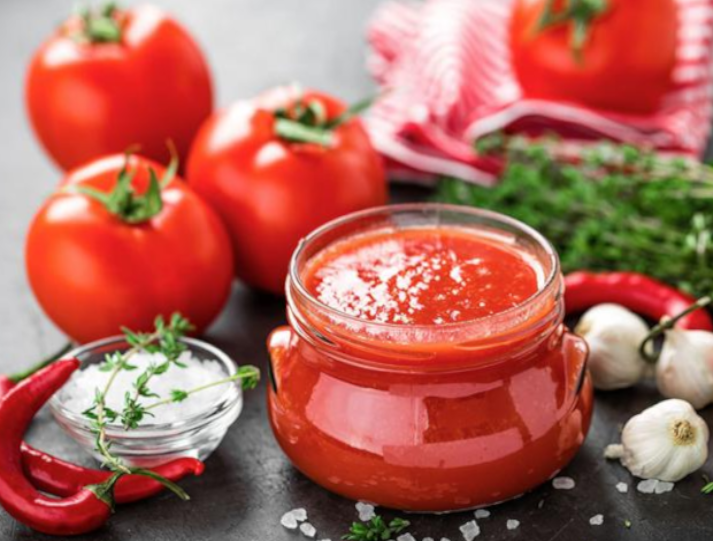
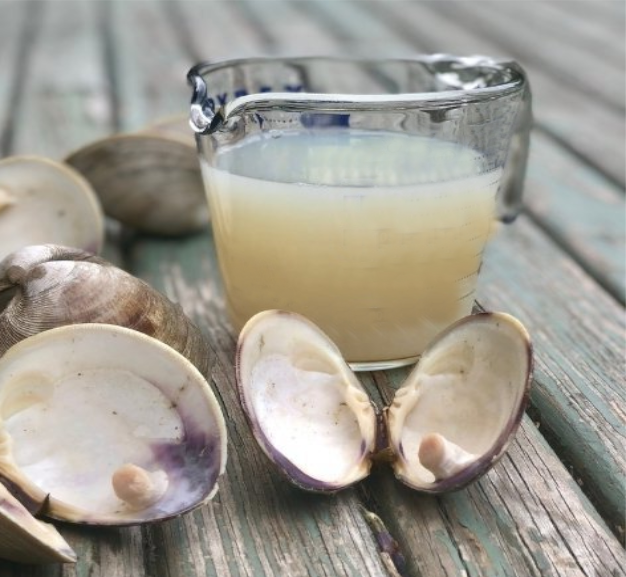
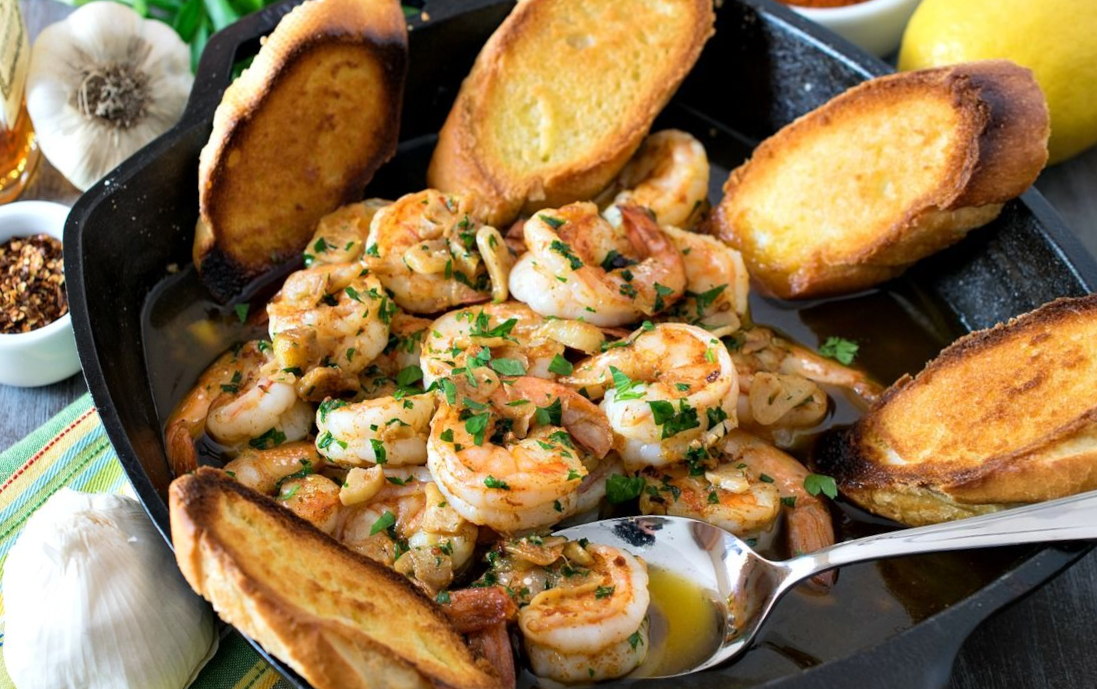

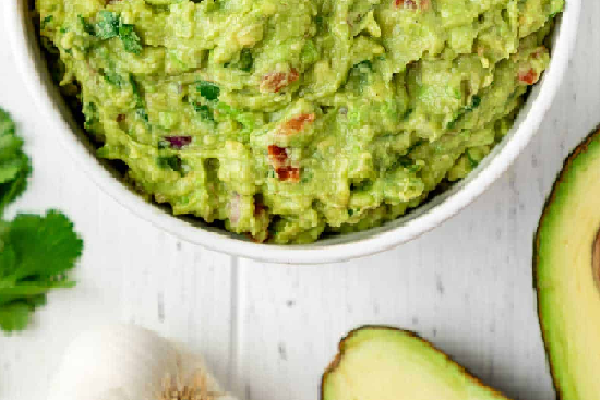
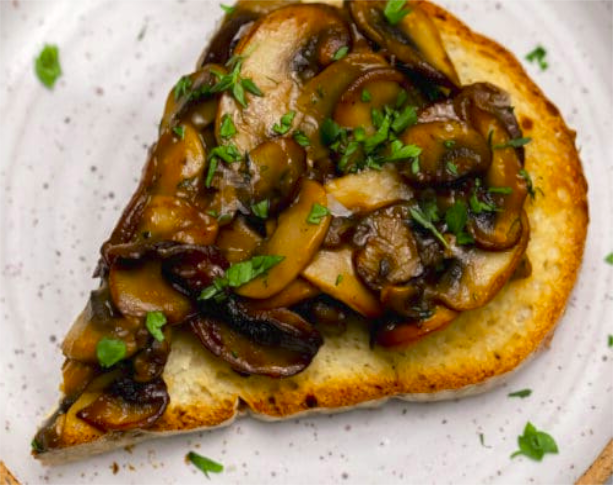
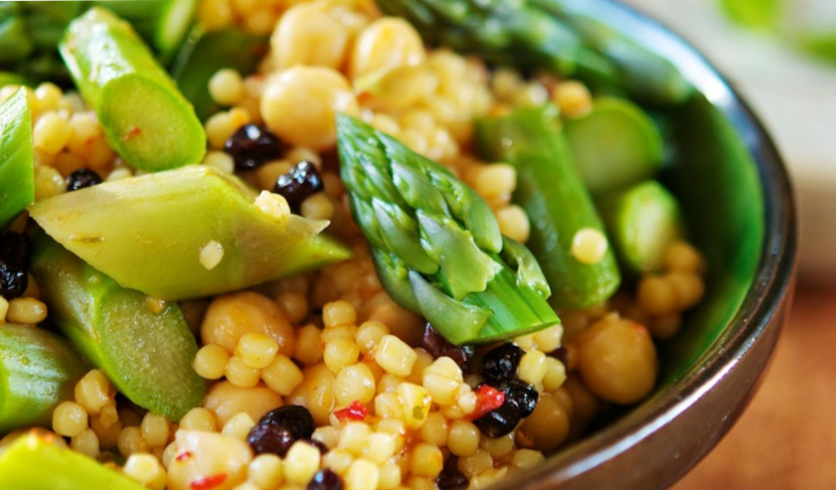
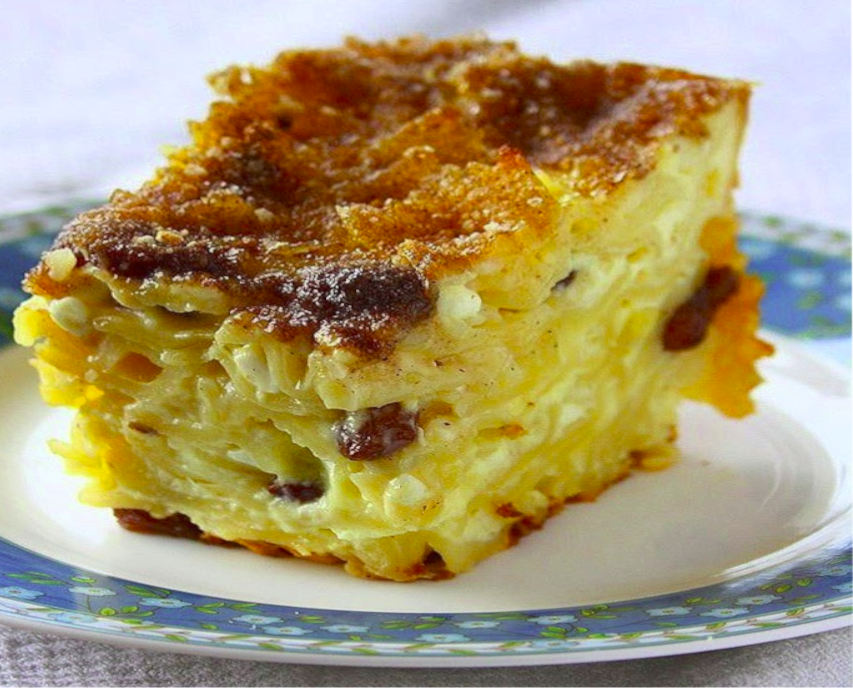
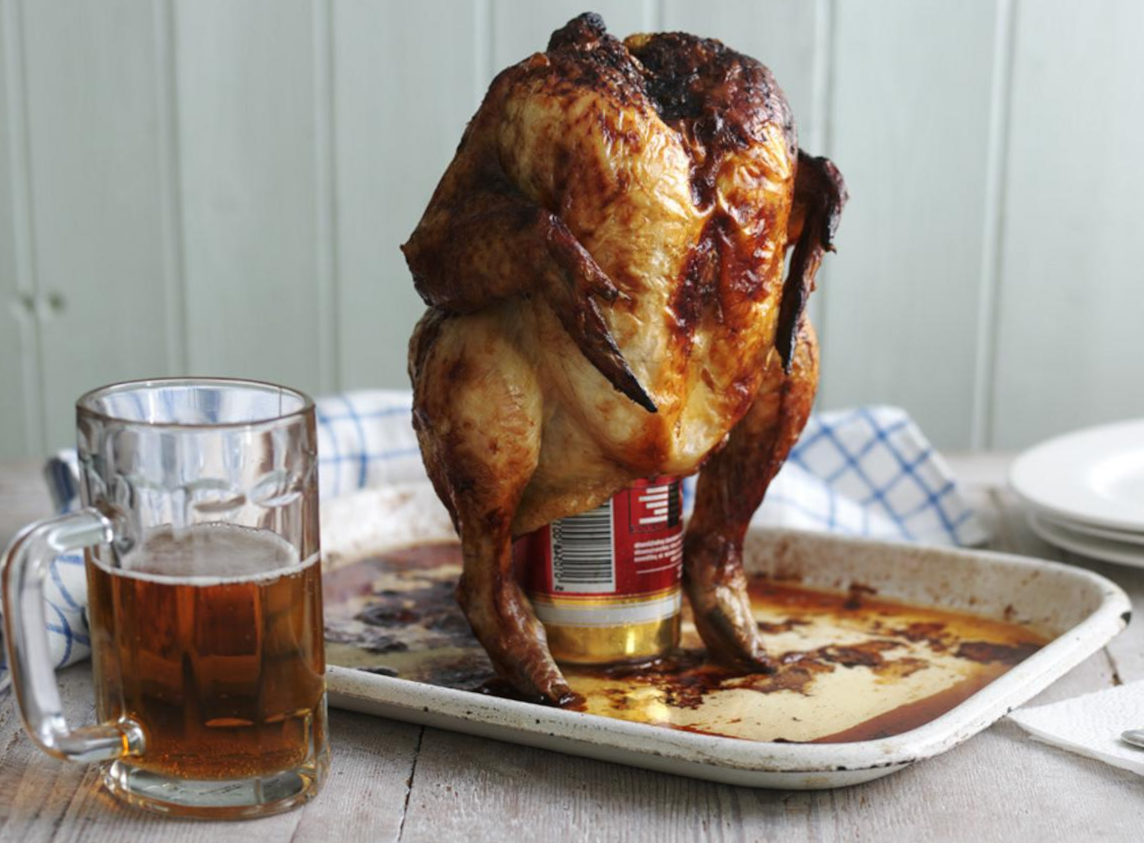
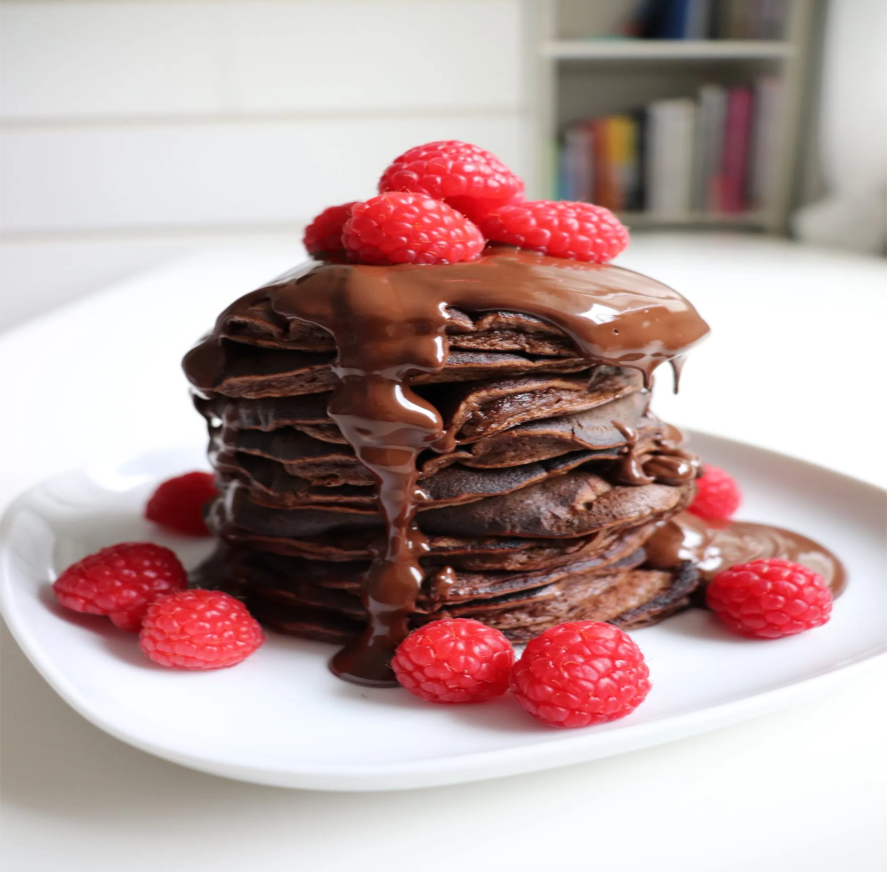
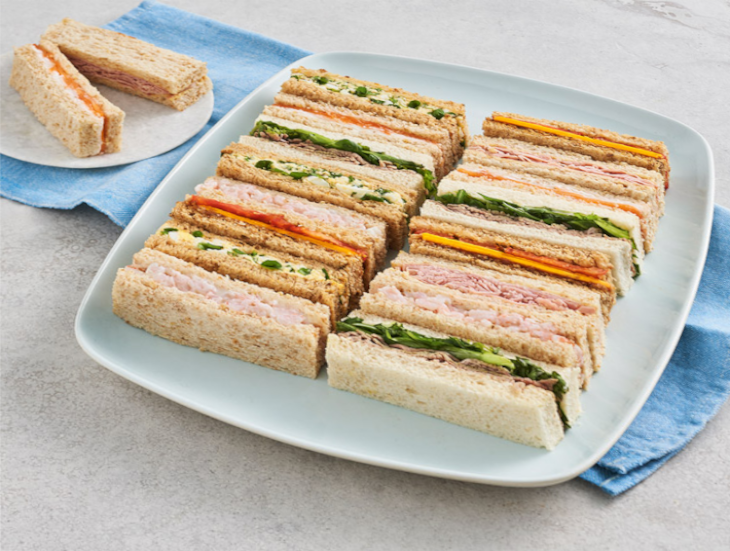



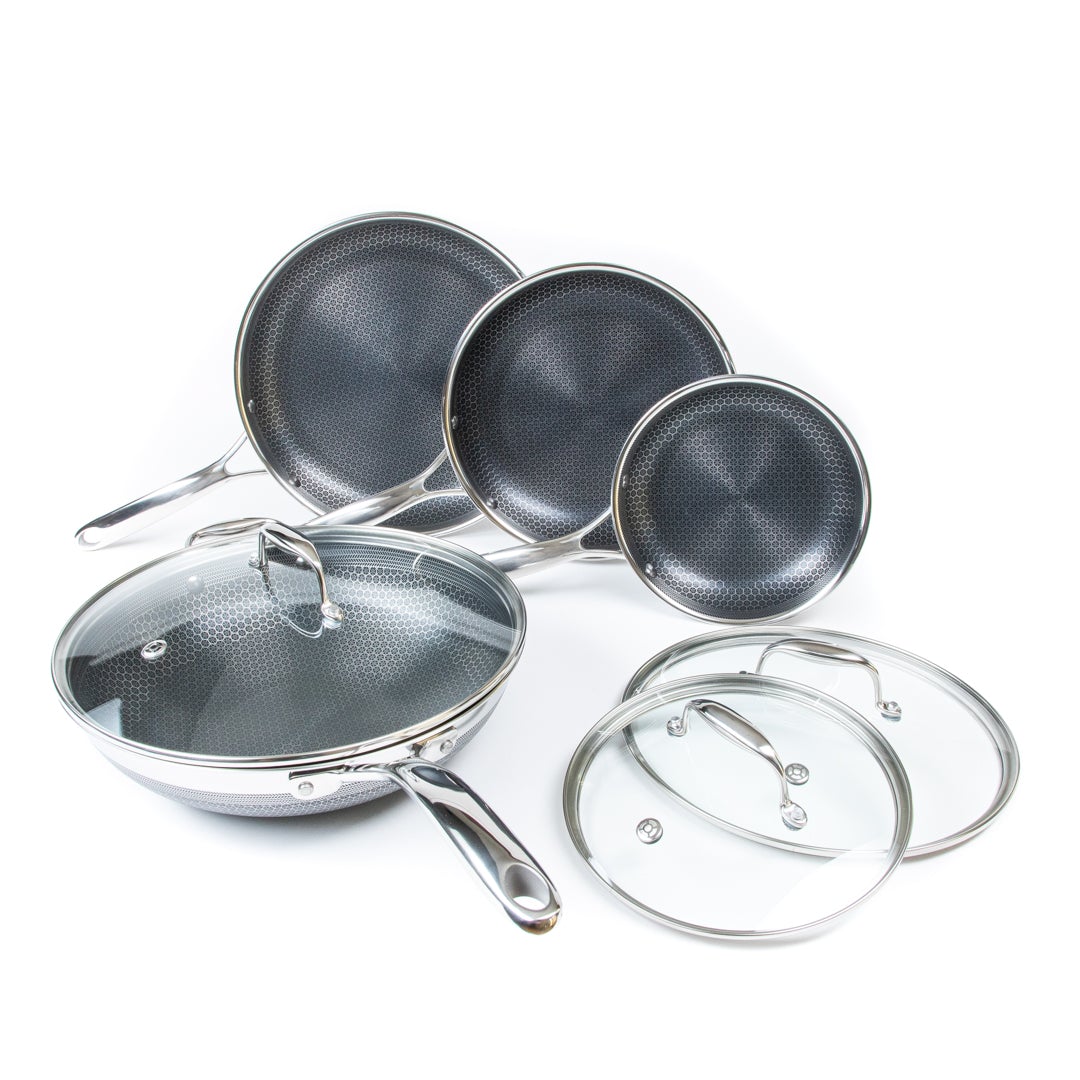
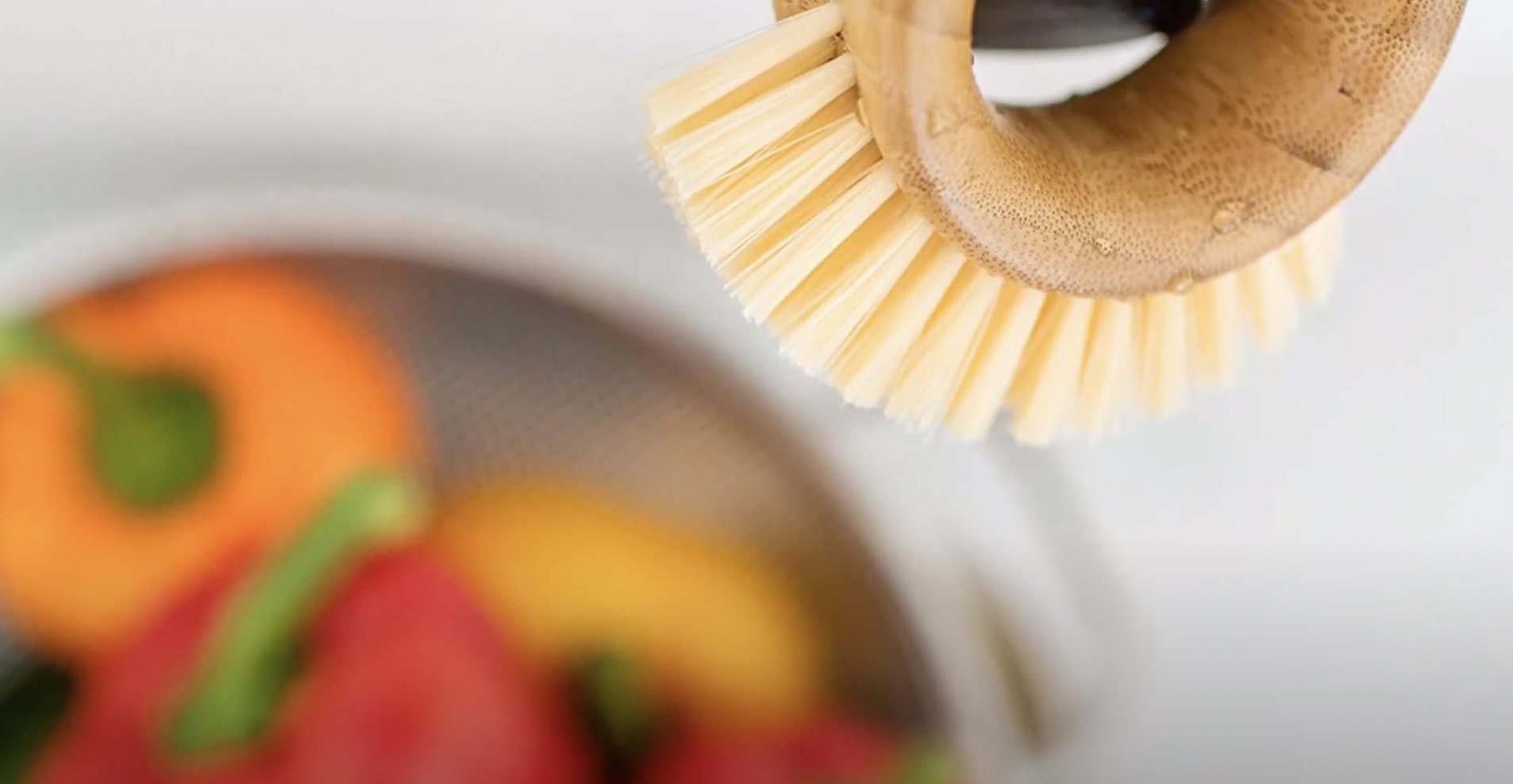
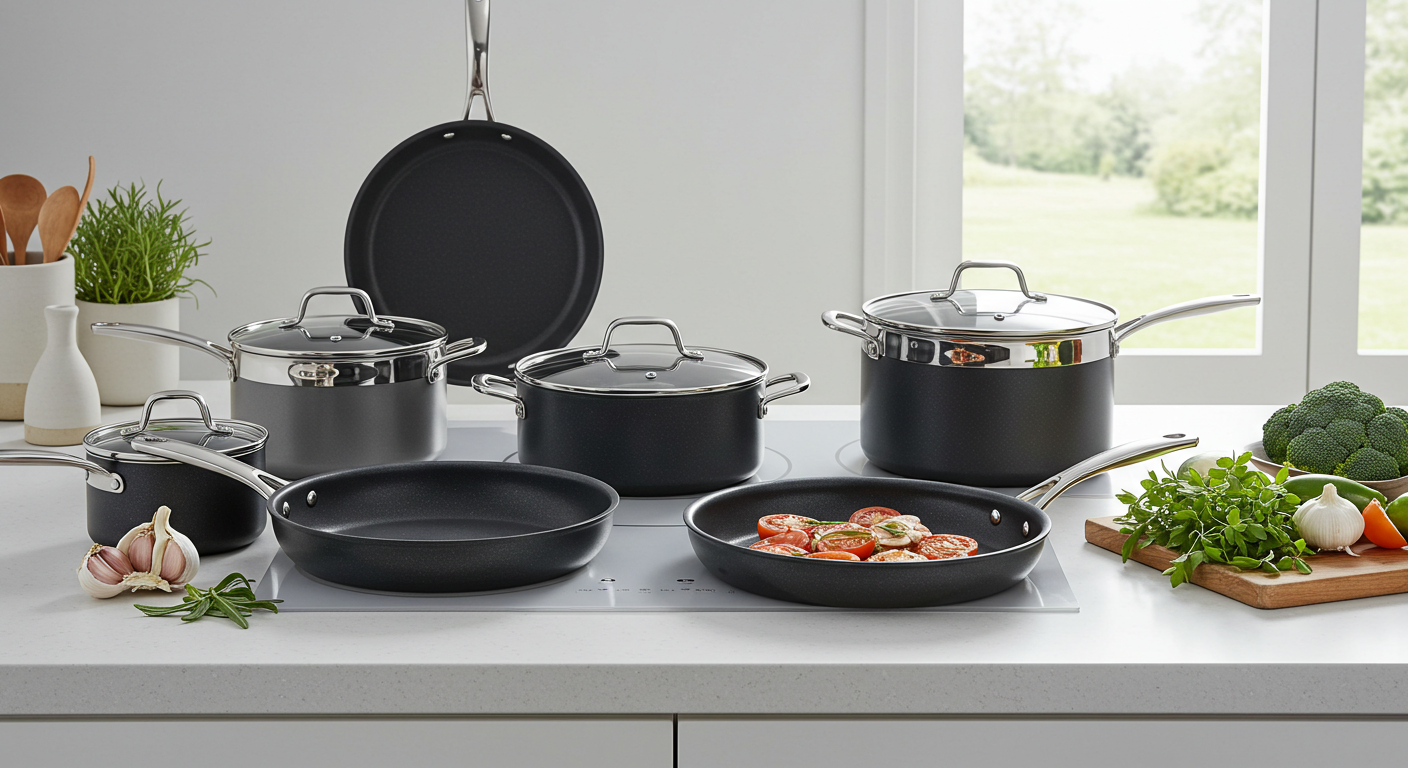
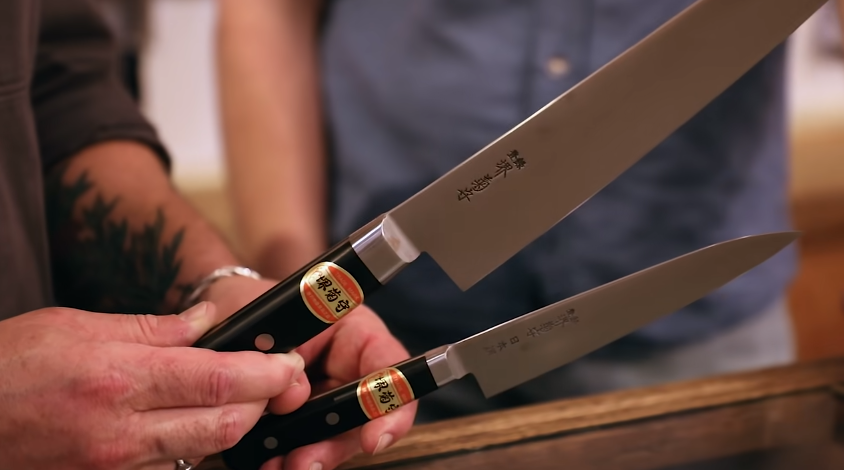
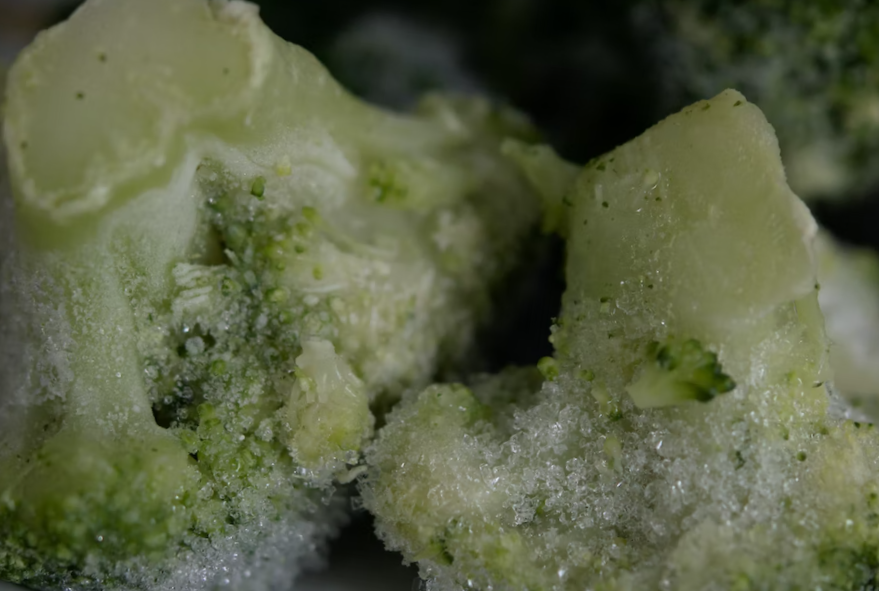
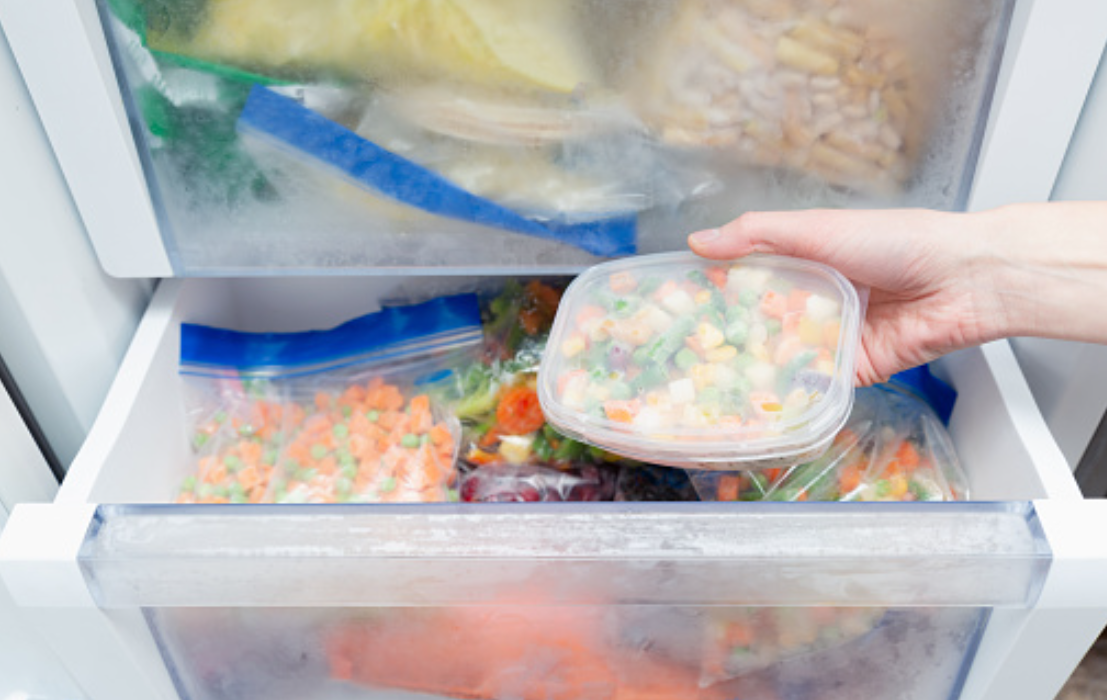
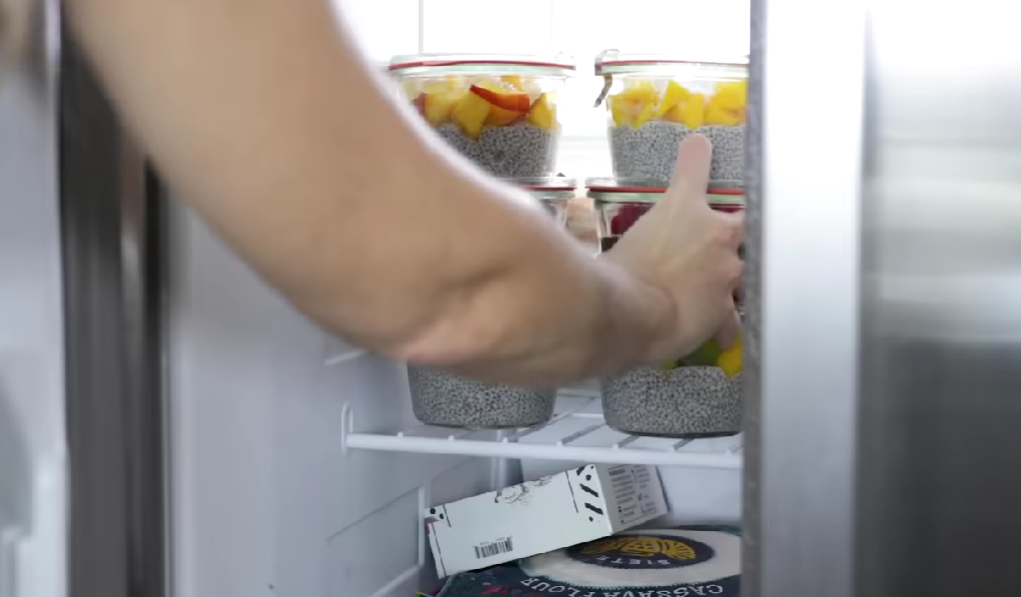
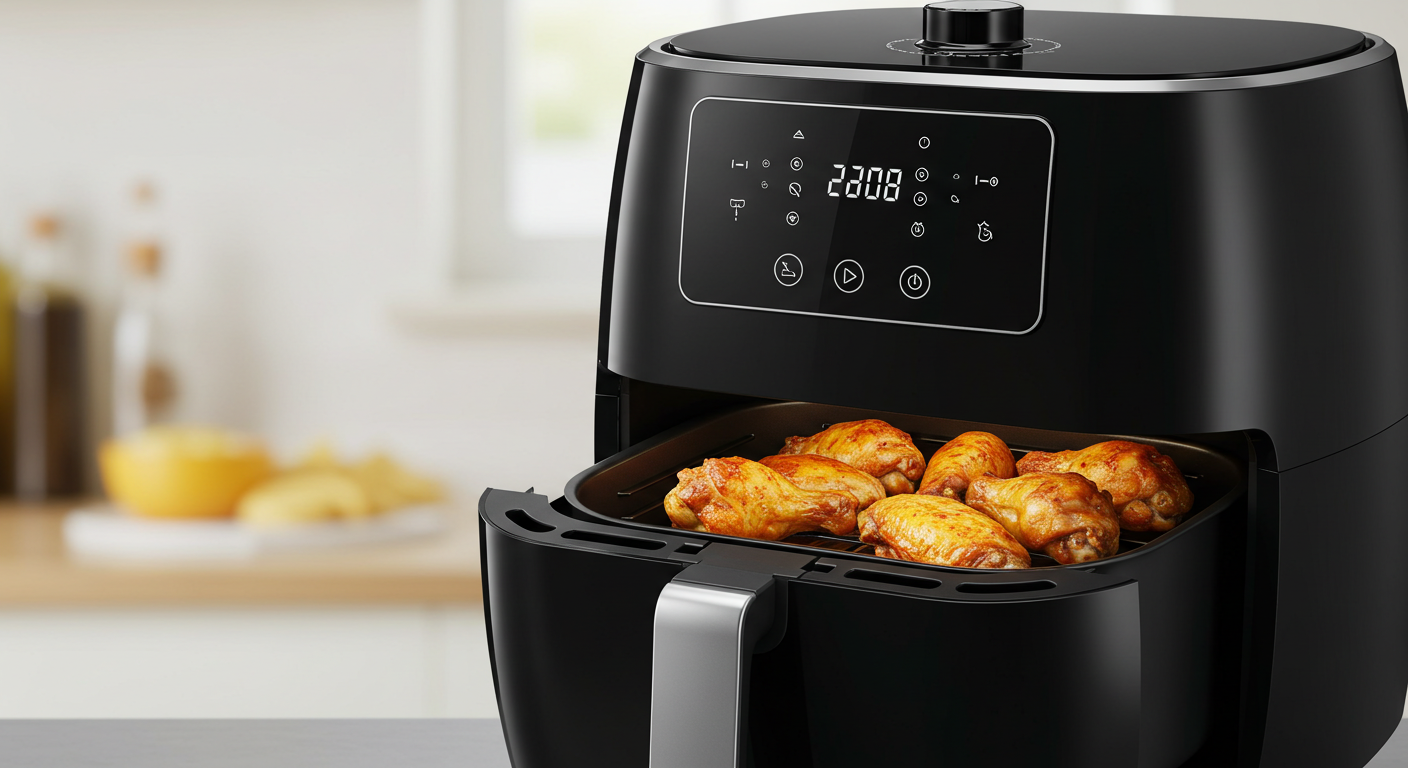
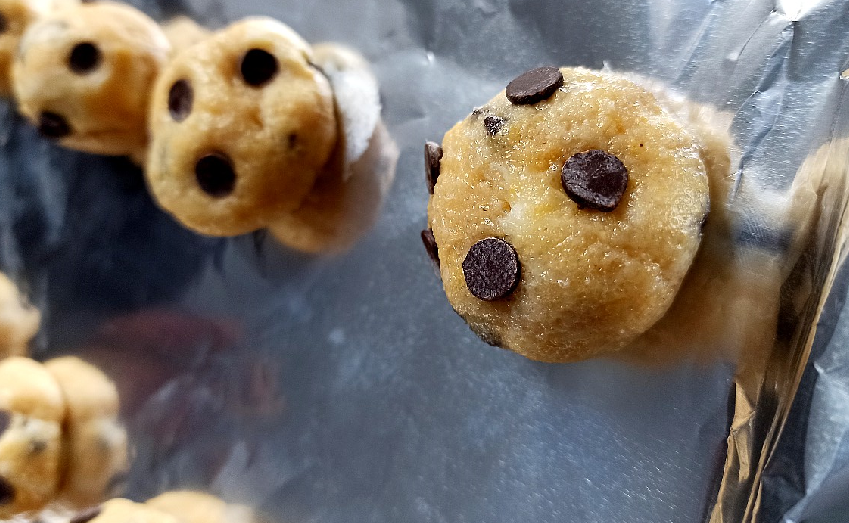
![Can you Cook Eggs in the Microwave? [Complete Guide]](/assets/images/c1f79d1cad59f18f9b5dc31403bd0eb2.png)
